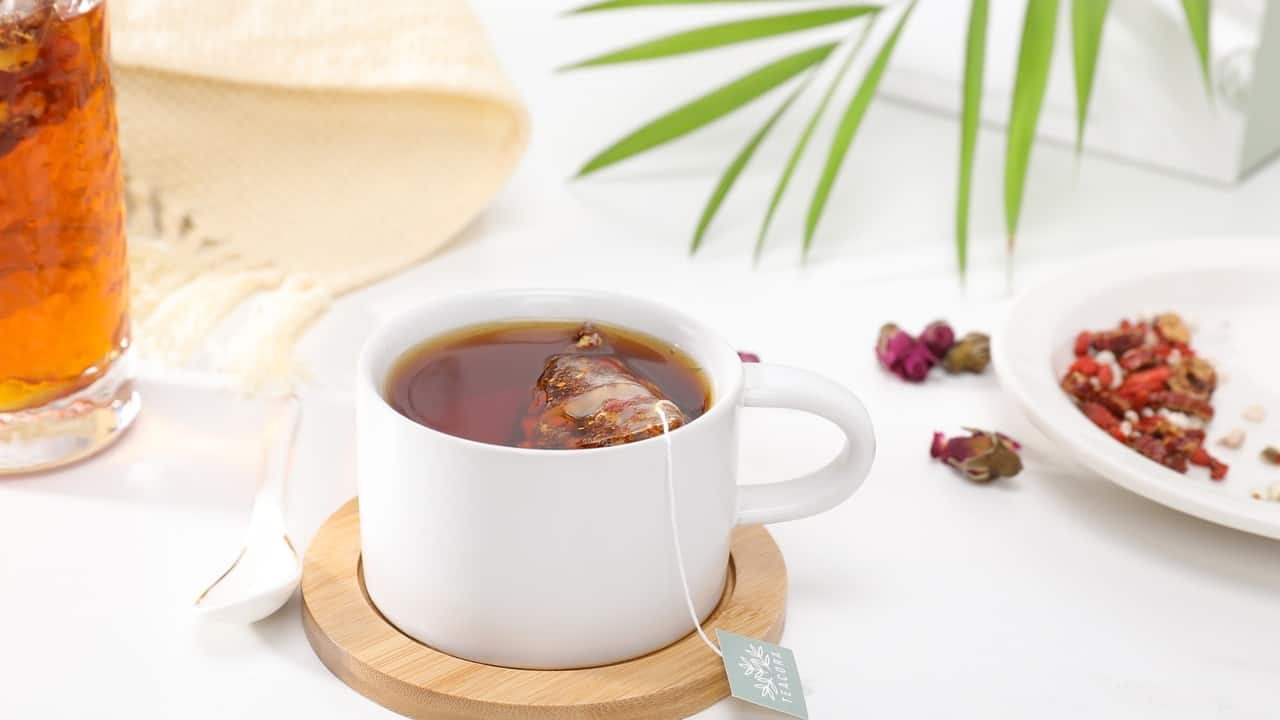For tea enthusiasts, the terminology used to describe different aspects of tea can often be overwhelming. One such term is “Muddy,” which refers to a particular characteristic of certain teas. In this article, we will delve into what exactly Muddy means in tea terms, exploring various subtopics to help you gain a comprehensive understanding of this fascinating aspect of tea.
What is Muddy Tea?
Muddy tea, as the name suggests, refers to a tea that has a muddy appearance or flavor profile. It is typically characterized by its murky or cloudy appearance and can arise due to various factors during the production process, such as improper drying or storage conditions, and the presence of fine particles or sediment in the tea leaves.
Factors Influencing the Muddiness of Tea
Several factors contribute to the muddiness of tea. These include:
- The quality of the tea leaves
- The processing methods employed
- The water used for brewing
- The brewing time and temperature
Types of Muddy Tea
Muddy tea can manifest in different forms, each with its own distinct characteristics. Let’s explore some common types of muddy tea:
Murky Appearance
Some teas may appear murky due to the presence of fine particles or sediment within the brew. This can affect the visual appeal of the tea, but it does not necessarily impact the taste or aroma.
Flat Flavor Profile
In some cases, muddy teas may have a flat or unremarkable flavor profile. The taste can be dull and lacking complexity, failing to deliver the nuanced notes that tea drinkers often seek.
Cloudy Texture
Cloudiness in tea can result from the presence of particulate matter or oils, leading to a textural variation that is perceptible on the palate. These teas may have a heavier mouthfeel compared to clear and crisp teas.
Lingering Sediment
Teas with a higher concentration of fine particles or sediment can often leave residue or sediment at the bottom of the cup, even after straining. This can impact the overall tea-drinking experience, particularly for those who prefer a cleaner cup.
Muddy Aroma
Muddy teas may also exhibit an earthy, muddy aroma, which can be both desirable and undesirable depending on personal preferences. This aroma is distinct from the more floral or fruity notes found in clearer teas.
How to Minimize Muddiness in Tea
To minimize the muddiness in tea, try the following:
- Use high-quality tea leaves
- Ensure proper storage and drying conditions
- Purify the water used for brewing
- Control the brewing time and temperature
- Consider using filters or strainers to remove sediment
Understanding the meaning of muddy in tea terms is essential for tea lovers, as it allows them to decipher the characteristics and quality of their brew. Whether it’s the visual murkiness, flat taste, cloudy texture, lingering sediment, or earthy aroma, muddy teas offer a unique experience that can be appreciated or avoided based on individual preferences. By grasping the various factors affecting muddiness and implementing measures to minimize it, tea enthusiasts can enhance their tea-drinking enjoyment.

